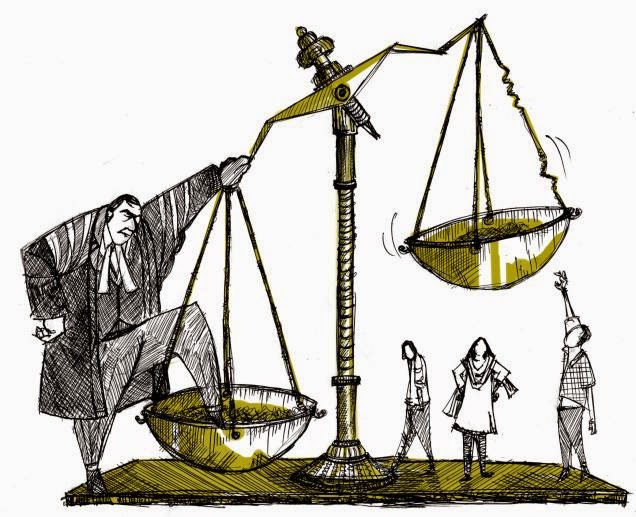Until recently, many toponyms in Ukraine carried names from the Soviet era. The “decommunization laws” Ukraine adopted on 21 May 2015 provide for removing all names 0f localities that invoke totalitarianism. In mid-July, the process was finished at the legislative level. Find out what names Ukraine is leaving behind with this interactive map, created by Euromaidan Press. Just point the cursor to the desired destination and find out whose name or what phenomenon it used to glorify.
Among renamed localities, there were 917 settlements of different size and population, 20 raions, and 27 districts.
- Ivano-Frankivsk Oblast is the only area in Ukraine where none of the toponyms were subject to decommunization law at the time of its adoption;
- Toponyms were renamed also in Crimea, which was occupied by Russia in 2014;
- Not all the names given during Soviet times were replaced. The law concerns only those names which are directly connected with Communist and totalitarian regime, are named after Communist leaders or glorify events and anniversaries associated with a totalitarian cult;
- The interactive map shows one example of a settlement that was renamed per Oblast. The total amount of renamed localities is indicated near each region;
- The majority of new toponyms are authentic. They do not carry political context and mostly refer to historical or geographic realities of the settlement’s foundation time.
Read more: Summary of Ukraine’s four new decommunization bills
What names are now taken off the map of Ukraine?
Here are some examples of toponyms that Ukrainians will no longer see on the map of their country:
SERGEY ARTEM (1883-1921) – was part of the first Soviet Ukrainian government, founder and chairman of the puppet Donetsk-Krivyi Rih Soviet Republic. He conducted an active campaign against the state of the Ukrainian People’s Republic, the predecessor of the modern Ukrainian independent state with a period of brief sovereignity in 1917-1918.
NIKOLAI SHCHORS (1895-1919) – the military commandant of Kyiv in 1919 during its occupation by the Red Army. His subordinates killed Ukrainian military captives and used violence against the civilian population.
GRIGORY PETROVSKY (1878-1958) – the organizer of “red terror” in Ukraine, took part in the destruction of the Ukrainian national movement, one of the organizers of the Holodomor, an artificial famine that took the lives of at least 4 million Ukrainians in 1932-33.
SERGEY KIROV (1886-1934) – the organizer and executor of political repression in the Soviet Union. Led the suppression of an anti-Bolshevik uprising in Astrakhan, was one of the initiators of the massacre of scientists of the Russian Academy of Sciences.
KOMSOMOL (The All-Union Leninist Young Communist League) – a political youth organization in the Soviet Union. It was the Communist party’s tool to indoctrinate young people with the communist ideology with the help of permanent massive propaganda.
ZHOVTNEVA (Russian “Oktiabrskaia”) – this name celebrates the memory of October revolution of 1917, which led the Bolsheviks to power and marked the beginning of the creation of the USSR.
VLADIMIR ULYANOV (LENIN) (1870-1924) – a Bolshevik leader, one of the founders of the totalitarian state of the USSR. The initiator of “red terror,” Bolshevik-Ukrainian war and first Holodomor artificial famine of 1921-22.
On 14 July 2016, the Verkhovna Rada announced that the renaming process of Ukrainian localities is complete. Getting rid of Soviet-era names was a key part of decommunization reform launched in Ukraine on 21 May 2015. The renaming was managed according to the “on condemning the Communist and Nazi regimes and prohibiting the use of their symbols” by Ukrainian Institute of National Memory (UINM) with the involvement of the public sector. UINM was responsible for identifying and sorting localities that are subject to the law while residents of the community were encouraged to propose alternative names. The renaming process was compulsory unlike similar operations in post-Communist countries of Central and Eastern Europe and caused many different reactions.
Most of the residents of Western Ukraine met the law with enthusiasm, as the majority of localities in this region had been renamed yet in early 90th just after the Soviet Union’s collapse. However, the reaction was not so unanimous in the rest of Ukraine. Some people are concerned about financial matters, as, for example, renaming streets entails costs for purchasings and establishing of new tablets. Others are just not willing to say goodbye to familiar toponyms, feeling nostalgic for the USSR. But supporters of renaming are numerous. Here are some of the arguments in favor of getting rid of the Communist names in Ukraine presented by Center for research on the Liberation Movement.









